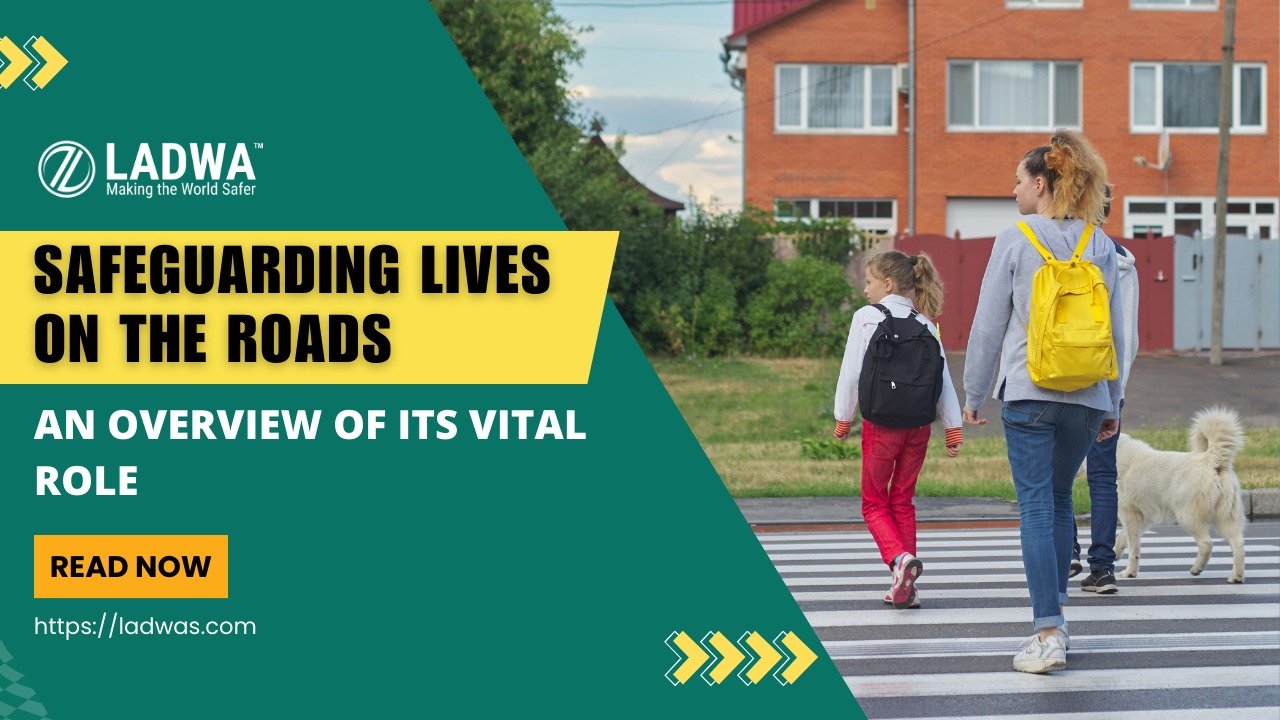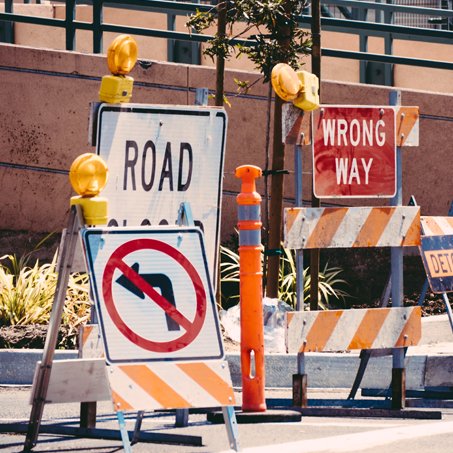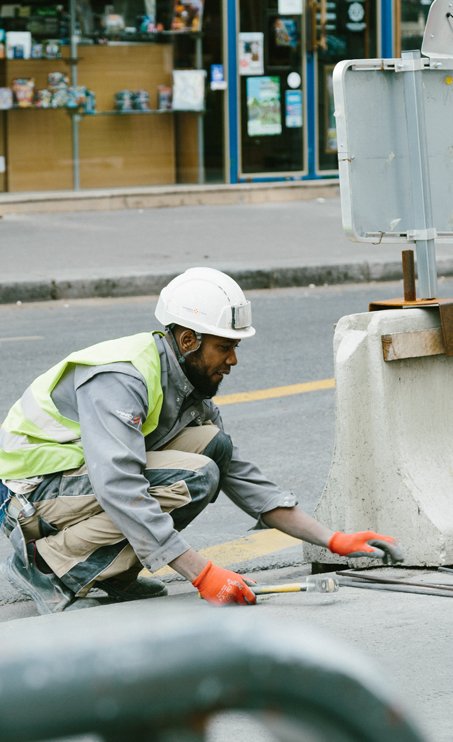Introductions:-
Road safety effectiveness is a significant action that safeguards many lives on the road. Road safety is considered very important, with considerable numbers of vehicles on the road making adequate road safety a priority. Road safety not just prevents accidents but also saves lives and reduces economic costs related to road traffic accidents. Ladwa solution inc. is indeed one of the leading manufacturers and suppliers of road safety products in India. It has helped increase the road safety standard within the country to an all-high level. In this blog we will discuss the steps to improve road safety, safety initiative plan and many more!
Steps to Improve Road Safety Around Your School


As a starting point, you can create a road safety action plan. This will help you to:
- Analyse the ways your students come to school
- Identify the risks and issues involved
- Look at ways to address each issue
- Establish who can address each issue
- Set a deadline for addressing each issue.
Road safety issues in the school environment. It is worth remembering that there are several different issues around schools that may not always be obvious. Schools may be aware of the most effective action to focus on in their area.



Now that you have developed your road safety action plan, identified the issues, explored the possible solutions and established the who and when it’s time to begin implementing the actual initiatives to improve road safety around your school.
It is important to get the entire school community – your teachers, staff, students, parents/guardians, local authorities and local gardaí – behind the road safety.
Follow the three E’s
Use the three E’s – engineering, education and enforcement – to support your initiatives when you are implementing your road safety action plan. These three E’s do not work in isolation. In many cases, they can influence each other and can be combined to produce a greater compliance rate. Generally, any actions and initiatives you are considering using to address your school’s road safety concerns should include elements from the three E’s.
Education
Ireland is one of the safest countries in Europe in terms of road safety. Road safety education programmes play a huge role in this success.
Enforcement
Improving road safety can seem challenging, however, school road safety is everyone’s responsibility and so we also need commitment from parents/ guardians, teachers, boards of management, school communities along road safety professionals to address any road safety issues.
Codes of conduct
Establishing rules or codes of conduct and communicating them to parents, teachers and students can provide clear expectations for safe behaviour. These could include:
Rules for separating pedestrians from vehicle traffic clear and regularly enforced expectations about parking behaviour following procedures for walking to school following procedures for cycling to school rules for getting on and off school buses a policy of parents and teachers modelling safe behaviour.

Once the changes have been made to improve road safety at your school, school management should monitor these changes for a set period. This will ensure the changes have the desired benefit and that there are no adverse effects. Monitoring will give you essential information for setting priorities and planning further improvement.

Evaluate In simple terms, evaluation is looking at why a target was or wasn’t achieved. If it wasn’t achieved, it is important to revise your approach to close that gap. Using the example of illegal parking given earlier, when evaluating you would ask the following questions:
Is this behaviour continuing because there is nowhere else to park? Is it because additional signs or road markings are needed? Is it because parents/guardians are unaware or non-compliant? Or perhaps all the above? This will require further investigation through the likes of parental committee workshops or assemblies, which can often be a good way to find out if there is an issue blocking progress that you hadn’t anticipated.
Revise
Your school environment and community are continuously changing and therefore it is often necessary to revise your approach. It goes without saying that if a road safety initiative is working well, it doesn’t need to be amended, only perhaps strengthened and praise given to those involved.
However, if having monitored the outcome of your road safety initiatives you discover that the intended result is not being achieved, it is important to revise your approach accordingly. Evaluating the reasons why a particular road safety initiative isn’t working will help shape your future activity.
For example, if it’s a case that parents are still parking dangerously because they are non-compliant and getting complacent, you could reinforce school parking policies by communicating clearly to parents and students, through a newsletter or assembly, the dangers of such behaviour. In extreme cases, you could ask those involved in enforcement, such as parking wardens from your local authority or An Garda Síochána to monitor compliance.

- Involve your students as campaigners and initiators.
- Engage parents from the start to get their buy-in. Without them, change is difficult.
- Find a ‘champion’ who will keep the effort going and the project focused, someone who has passion and is willing to take the time to make it a success.
- Empower your ‘team’ and make sure you have the right players who can help with access to information, funding sources, local authorities, media contacts, etc.
- Work from the bottom-up (grassroots) and top-down (local authority councillors, road safety officers) simultaneously. All are needed to make the process successful.
- Be persistent. What didn’t work last year may have just needed more time and reinforcement for the seeds to germinate.
- Have short but frequent meetings and stay focused on small ‘do-able’ tasks.
- Celebrate small successes along the way. For example, give homework passes to the class with the highest number of students walking or cycling to school each week.
- Most of all, stick with it. What you are doing could save a life, and others long after you will benefit from your efforts.
Conclusion:
In conclusion, safeguarding lives on the roads is not just a legal obligation but a moral imperative. The implementation of effective safety measures such as traffic cones, road barriers, and warning signs plays a crucial role in reducing accidents and ensuring smooth traffic flow. It is imperative for authorities, businesses, and individuals alike to prioritize road safety through education, enforcement of regulations, and the use of modern safety equipment. By working together and staying committed to road safety initiatives, we can create safer roads for everyone and save countless lives.
For top-quality road safety equipment, including traffic cones, road barriers, and reflective signage, explore Ladwa’s extensive range today and take a step towards making our roads safer for everyone.












